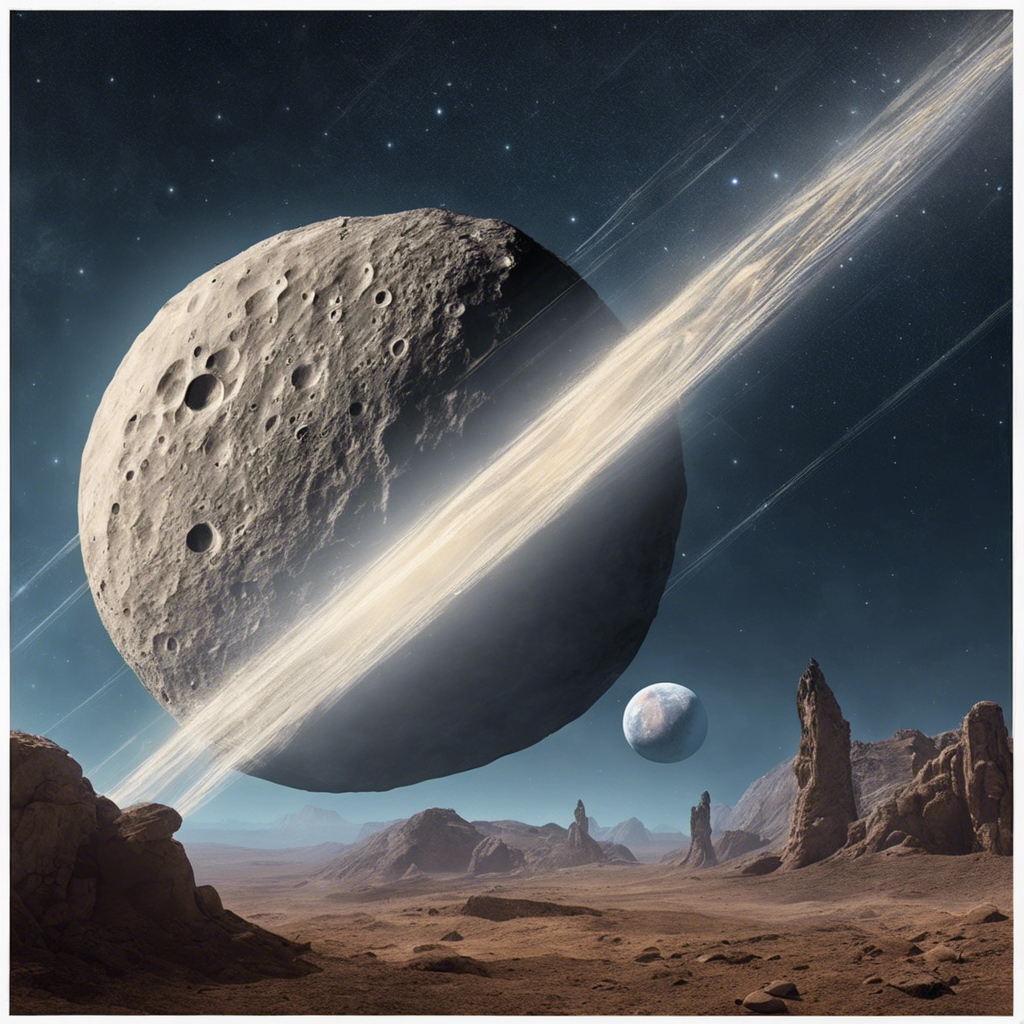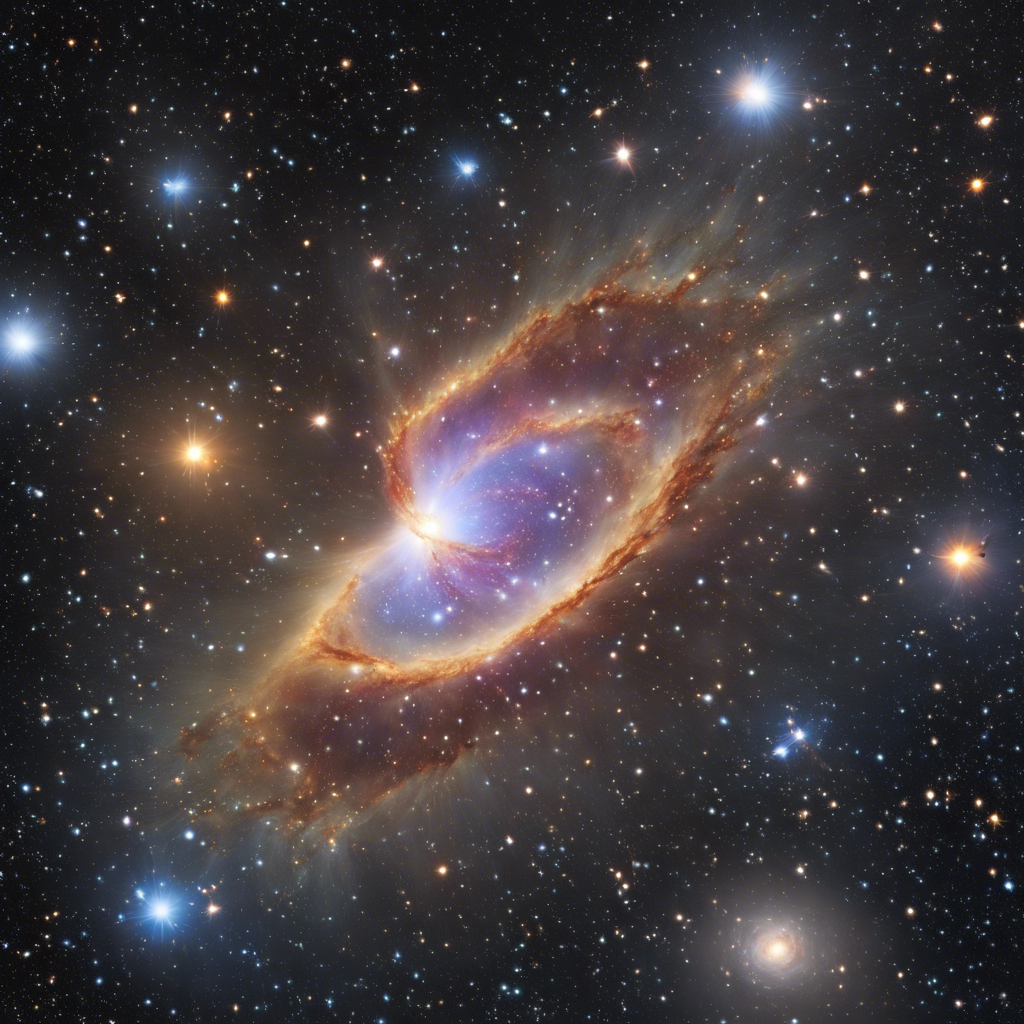Observations by amateur astronomers reveal the presence of a moon orbiting asteroid 5457 Queen’s, adding to the growing list of known asteroid moons.
Amateur astronomers have made a groundbreaking discovery, capturing evidence of a moon orbiting asteroid 5457 Queen’s. The observations, made by Czech astronomer Jan Mánek and Greek astronomer Serge Dramonis, have shed light on the complex and fascinating world of asteroids and their satellites. This discovery adds to the growing list of known asteroid moons and highlights the important role that amateur astronomers play in expanding our understanding of the solar system.
Unveiling the Double Eclipse
On September 4, 2023, Jan Mánek and his colleagues set up their telescopes and video cameras to observe asteroid 5457 Queen’s as it passed in front of a 12.5-magnitude star in the constellation Pisces. Mánek not only captured the expected occultation of the star but also noticed a second eclipse occurring just 0.87 seconds later. This unexpected observation hinted at the presence of a moon accompanying Queen’s.
Confirmation from Greece
The second occultation observed by Mánek was later confirmed by Serge Dramonis, who observed the same asteroid occulting another star on September 20th. Dramonis also witnessed the double eclipse, providing further evidence of the moon orbiting Queen’s. These independent observations solidified the discovery and sparked excitement among the astronomy community.
Analyzing the Moon
Christian Weber, from the International Occultation Timing Association, European Section, analyzed the data and revealed that the satellite accompanying Queen’s measures less than 2.8 kilometers (1.7 miles) in diameter. This small moon orbits the main asteroid, which itself is approximately 25×16 km wide. The analysis further highlighted the unique nature of this discovery.
Adding to the List of Asteroid Moons
While nearly 500 asteroids are known to have satellites, most of them being binary systems, Queen’s moon is only the second main-belt asteroid moon discovered and confirmed using the occultation method. The first, belonging to 4227 Arecibo, was discovered by Australians David Gault and Peter Nosworthy in 2021. Other asteroid moons, such as those of the trans-neptunian object 523764 2014 WC 510 and the centaur 10199 Chariklo, have also been discovered through occultation observations.
Advancements in Occultation Techniques
The discovery of Queen’s moon highlights the advancements in occultation techniques and technology. Stellar occultations, which were once challenging to predict and observe, have become more accessible thanks to fast and sensitive video cameras and precise GPS timing. The availability of high-precision star positions and asteroid orbit determinations from missions like Gaia has also improved the reliability of occultation predictions.
Conclusion:
The discovery of a moon orbiting asteroid Queen’s by amateur astronomers Jan Mánek and Serge Dramonis showcases the significant contributions that citizen scientists make to the field of astronomy. Their observations not only confirm the presence of a moon but also demonstrate the potential for future discoveries using occultation methods. As technology continues to advance, we can expect to uncover more asteroid moons, binaries, and even ring systems, further enriching our understanding of the solar system.











